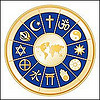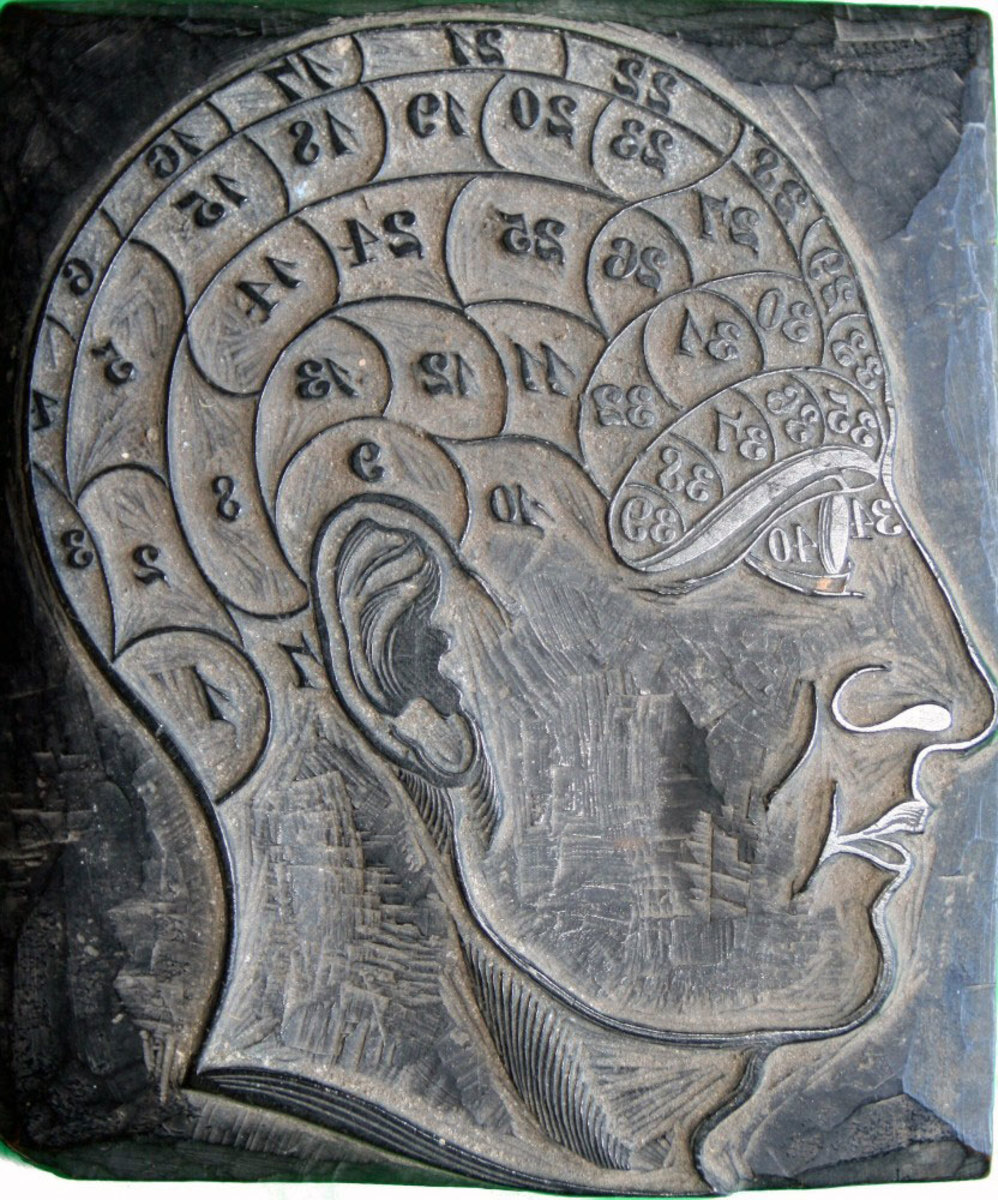Religion, Secularism, and DNA

All humans share one odd characteristic not found in other species. When it comes to God, we are all believers. Most say they believe God exists. Others say they believe a god does not exist. And the rest say they believe god may exist. In the absence of any tangible proof, each of us has built our own unique belief system about "god" based upon faith and intuition. Which of us have gotten it right and which of us have not? And, who among us is qualified to judge?
Those in the largest group of believers are inclined to follow an organized religion either as a formal member or in some other individualistic fashion. Widespread religious affiliation within this group is well documented. The American Religious Identification Survey, for example, reported 85% of the US population identified themselves with a religion while 15% declared they were atheist, agnostic, or not a member of a religion. This study is consistent with others indicating secularism is clearly in the minority.

Why?
The reality of broad religious tendencies among humans has researchers asking some interesting social and behavioral questions:
- What genetically inherited traits make religious participation appealing?
- Why is there a significant disparity between those who are inclined to embrace age-old religious tenets and those who choose not to believe in god without having rational proof? And,
- Will these genetically inherited traits increase or wane in the future and how will this affect the ratio of religious and non-religious in the world’s population?
Dr. Robert Rowthorn, a professor of Economics at the University of Cambridge, has provided some interesting clues in a paper titled "Religion, fertility and genes: a dual inheritance model." By constructing a model of evolution, Dr. Rowthorn demonstrates how both religious and secular tendencies can be expected to spread based, not on convictions or ideology, but on the ability of DNA to take advantage of prevailing cultural factors. His analysis suggests future contests for converts might not depend solely on ideals regardless of how rational some may think they are.

Predisposition
Professor Rowthorn coined the phrase "religiosity gene" to encompass all genetic traits, like obedience and conservatism, that might contribute to a tendency to be religious. When individuals who have inherited these genetic traits interact with external factors, like education and environment, they are predisposed to accept and participate in a religion. In contrast, the absence of the "religiosity gene", or a non-religious allele, would make a person inclined to be more secular and more likely to display religious indifference.
Children of parents who both have the religious allele are more likely to be religious then if one, or both parents, did not have it. Also, children of parents who both have the religious allele might also inherit a secular allele. Similarly, children from two secular parents may end up with the religiosity allele. Italics are meant to emphasize predisposition is not predestination.
In addition, global religious and secular populations are constantly in a state of flux. Cultural, environmental, and social factors cause continuous migration between both groups. Religious practitioners defect to a secular lifestyle and non-believers convert to religious practices. The rate of defections and conversions not only affects the size of each set, they eventually spread the religious and the secular allele throughout both segments.

Fertility
Previous research plays a major role in Professor Rowthorn’s project. While he focuses on DNA and heredity, normally topics for genetic theorists, his mathematical model explores how fertility, a purely cultural and social factor familiar to economists, affects the distribution of the religiosity gene. Other studies with controls to eliminate education, income, and biological bias, have found a correlation between fertility and regular church attendance. For example, more orthodox sects like the Amish and Muslims are reproducing at a rate four times greater than the average secular woman. Based upon such research, Dr. Rowthorn’s model uses significantly higher reproduction rates for religious followers compared to non-church goers in the secular population.

Migration and Conversions
In our real world, when defections from religions occur, individuals raised to be religious and likely to be carrying the religiosity allele abandon their faith and bring the religiosity allele into the secular population. Their offspring will likely inherit the religiosity allele but they will probably adopt a secular lifestyle like their parents. Hence, the more fertile religious group will add members to the less fertile secular population. When new members enlarge the size of the group, they also increase the density of the religiosity genes within it.

The Most Likely Trend
His conclusions provide us with a deeper understanding of the world. Higher fertility within active religious groups will lead to a global populace almost universally inclined to be religious. In fact, based upon current fertility rates, the religiosity gene will stabilize close to 100% within a few generations. While there may not be a large decline in secular adherents, nearly all will have the religious allele. Although DNA does not dictate destiny, it does interact with social upbringing to influence an individual’s inclination to be religious. Reproduction rates, on the other hand, are a cultural component known to rise significantly among those who engage in religious practices. The relationship between genetics and fertility is leading to a worldwide propensity favoring the spread of religious lifestyles.








